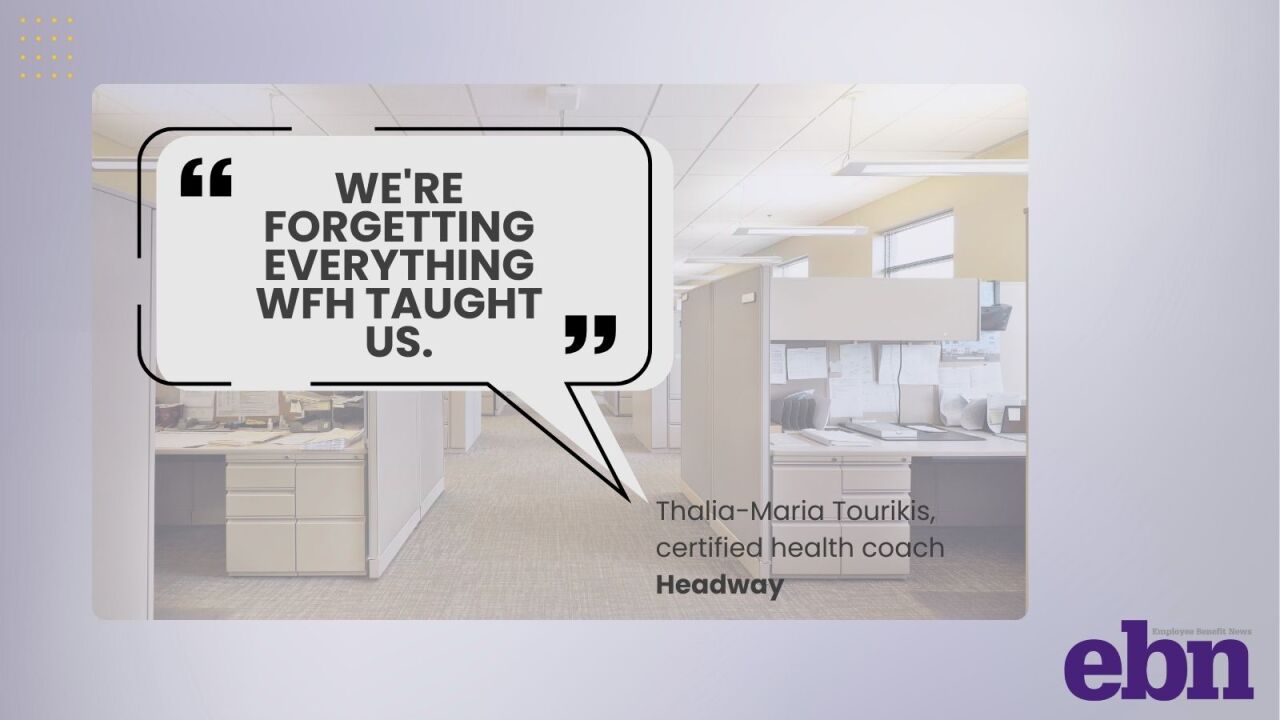Self-insured companies across America have implemented employee wellness programs to control rising health care costs and address major health issues like obesity, diabetes, heart disease and cancer. Most of these employers have come to view wellness not just as a way to save money but also as an essential element of a strong and vibrant company culture. But they increasingly do not find value in health risk assessments.
That's according to ShapeUp, a social network-based employee wellness company, which conducted phone interviews with 25 large employers with 3,000 to 300,000 employees. The survey was conducted to better understand how large employers approach employee wellness programs and learn how to improve the wellness program experience for these employers. The main failure of health risk assessments, according to Dr. Rajiv Kumar, founder and chief medical officer, is that it as a self-assessment tool that doesn't necessarily have the tools to
"Most employers have started paying their employees to take an HRA, but it doesn't have a measurable impact on the outcome on an individual," he says. Fifty percent of employers surveyed feel health risk assessments are a waste of money, ShapeUp finds, and Kumar says biometric screenings can be just as cost effective and have more of an impact. "Our bodies are a black box when it comes to biometrics and they're curious to know how they're performing." Because biometric screenings frequently take place at office health fairs, results can be more telling.
Kumar says employers are increasing their investment in wellness, but they see significant room for improvement in their programs and are struggling with strategy, leadership support, and outcomes measurement. In fact, 91% of employers with more than 5,000 employees offer web-based wellness programs and on average, spend $375 per-employee on incentives.
"The space is changing so fast and there are so many different directions in managing health care costs. You can see that no two employers are alike and there are so many variations, we need to move to a place where we establish common best practices, but we're suffering from clear guidelines on what works and what doesn't," he says. According to the Metlife, 9th Annual Study of Employee Benefits Trends, more than 40% of employers were offering wellness programs in 2010, up from under 30% in 2005.
Indeed, most employers don't know how to manage their wellness programs, according to Kumar, with HR/benefits professionals managing 4.5 vendors on average.
"What they're doing as a whole isn't working. Employers are not thrilled with the results; they believe in wellness and they've moved beyond seeing it as just a way to cut costs, but they're dissatisfied with the results," he says.
In partnership with Boston-based The Parthenon Group, the survey interviews were conducted with high-level wellness and benefits decision makers at some of the largest companies nationwide.





